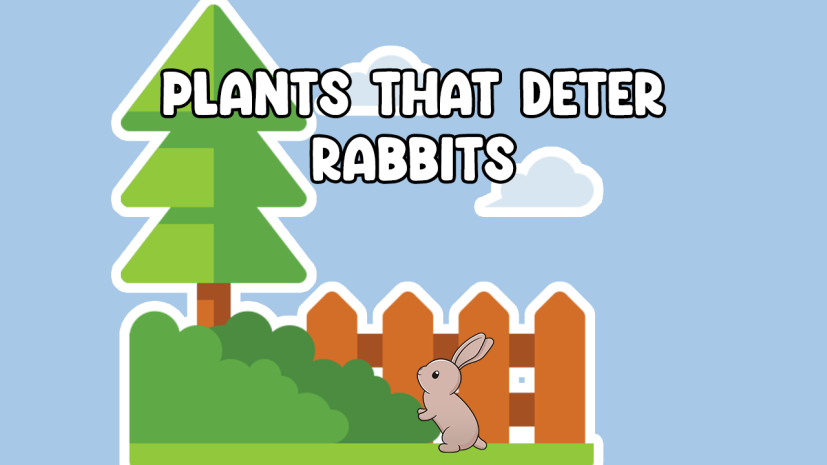
As much as we love them, Rabbits can be a nuisance in the garden, munching away at vegetable plants and chewing through flower beds. Understanding which plants rabbits tend to avoid can help gardeners design landscapes that minimize rabbit damage. Knowing rabbit-resistant plants allows you to plant a beautiful garden that coexists with local bunnies.
It’s important for gardeners to understand why certain plants are more vulnerable to rabbits than others. Some plants have physical or chemical deterrents, making them less palatable to rabbits. Other plants may contain toxins that rabbits instinctively avoid. By choosing the right plants, gardeners can create gardens that rabbits don’t find very tempting.
Rabbit-resistant plants are those that rabbits tend to avoid eating. These plants have certain qualities that make them unappealing to rabbits.
Some plants have a strong scent or chemical compounds that deter rabbits. Plants in the mint family, like Lavender, Rosemary, and Sage, contain aromatic oils that rabbits dislike. Spiky or hairy foliage can deter rabbits from nibbling on plants like lamb’s ears and sedums.
Toxic or poisonous plants are also rabbit-resistant. Foxglove, daffodils, monkshood, and other poisonous plants are not touched by rabbits. Very acidic or bitter-tasting plants are avoided as well.
Plants with tough leaves and stems are also passed over since they are difficult to chew and digest. Like Artemisia and Dusty Miller, plants with gray or fuzzy leaves are rarely eaten. Thick woody stems and leathery leaves make plants like hollies and magnolias rabbit-proof.
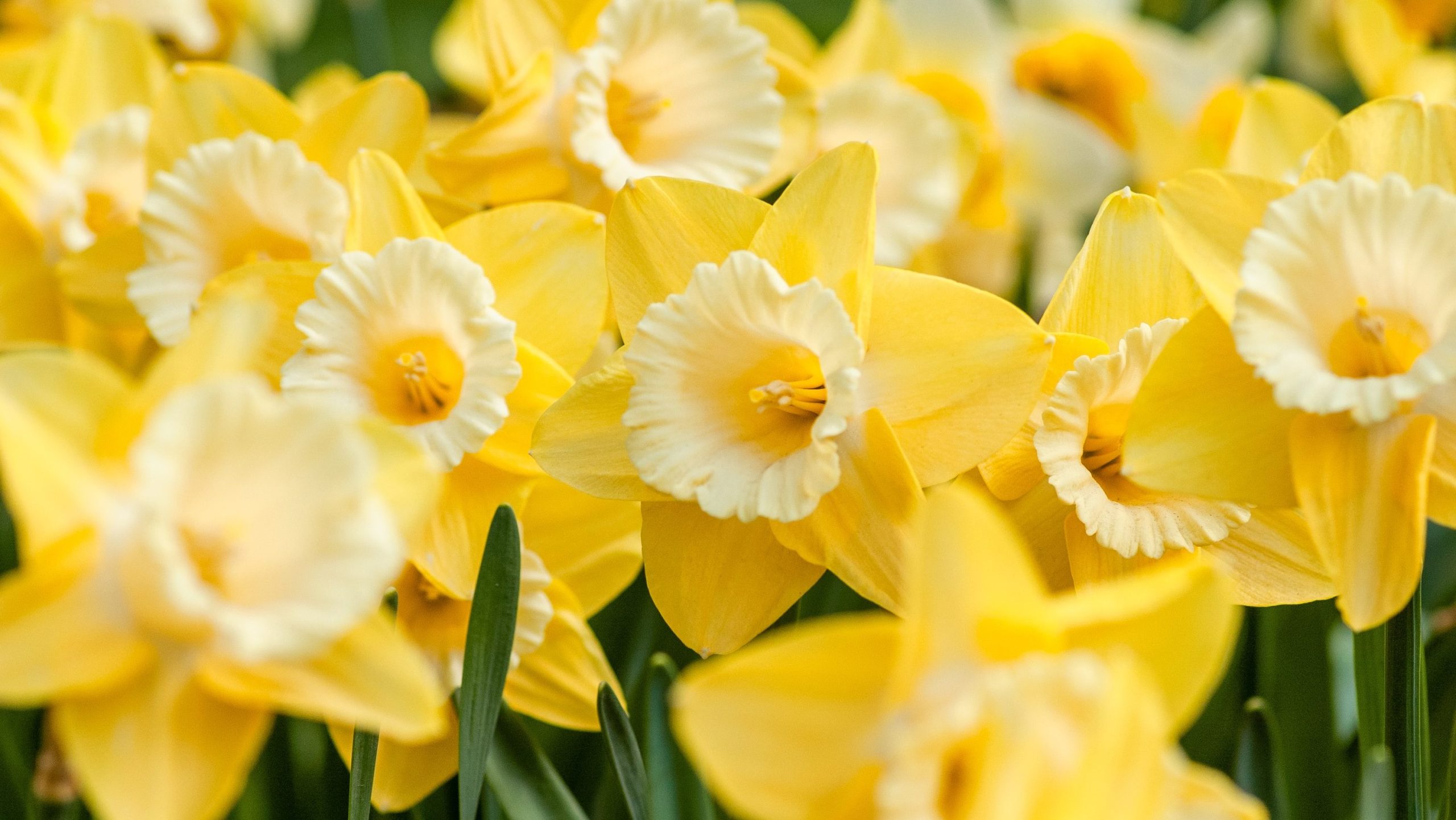
Here are some common garden plants that rabbits tend to avoid:
Perennials are plants that live more than two years, often re-blooming every spring and summer. There are many lovely perennial flowers and foliage plants that rabbits tend to stay away from.
Coneflowers like Echinacea and Rudbeckia have prickly central cones that rabbits don’t like chewing on. They thrive in full sun and average to dry soil.
Coral bells, also known as Heuchera, are very rabbit resistant with their ruffled foliage and dainty blooms. They grow well in partial shade and moist, well-drained soil.
Ferns make great rabbit resistant groundcovers for shady areas. varieties like Christmas fern and lady fern grow 12-18 inches tall. Keep soil moist but well-drained.
Irises are classic perennial flowers that rabbits ignore. Bearded iris prefer full sun while Siberian iris will tolerate some shade. Poor draining soil can cause root rot.
Peonies have lush, leathery leaves and big, beautiful blooms. Plant them in full to part sun with deep, organically rich soil. Avoid wet soil.
Salvias including garden sage have aromatic leaves that deter rabbits. Grow them in a sunny spot with average to dry soil. Deadhead spent blooms to encourage more flowers.
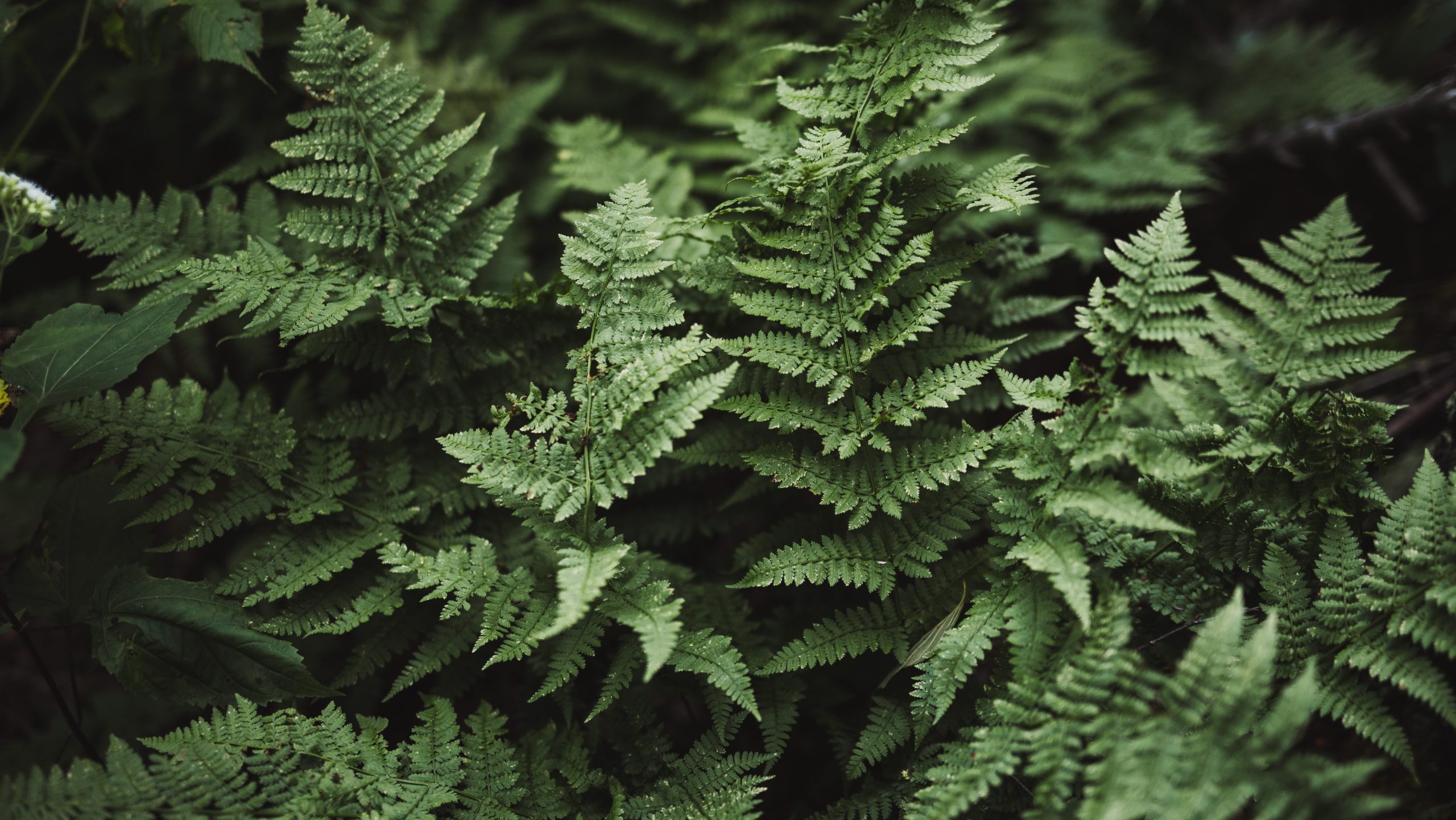
Flowers add vibrant color to the garden while also attracting pollinators. Here are some beautiful annual and perennial flowers that rabbits avoid.
Let’s examine some popular garden plants and closely analyze their rabbit resistance. Understanding specific plants helps you make informed choices for your landscape.
Heuchera, also called Coral Bells, is an excellent rabbit resistant plant. Its ruffled, rounded leaves unfurl in spring in hues like amber, chartreuse and burgundy. Delicate bell-shaped blooms on tall stems appear in summer. Dwarf varieties make great groundcovers. Heuchera thrives in partial shade and moist, well-drained soil. Amend soil with compost at planting and fertilize in early spring. Variety ‘Palace Purple’ has stunning dark leaves.
Dianthus is the botanical name for a group of plants commonly called Pinks. The gray-green grassy leaves and abundantly-petaled flowers make this sun-loving perennial disliked by rabbits. Blooms appear in spring and intermittently until frost. Deadhead spent blooms to encourage more flowers. Dianthus does best in full sun and average, well-draining soil. Avoid overwatering. ‘Zing Rose’ has vibrant pink double blooms.
Ferns are an diverse group of plants that prefer shade environments. With lacy fronds and upright growth habit, ferns make excellent rabbit resistant groundcovers. Christmas fern and lady fern grow 12-18 inches tall. Plant in partial to full shade with rich, moist soil. Keep evenly moist but avoid waterlogged soil. Mulch around fern plants to maintain soil moisture. Evergreen in many zones.
Hydrangeas produce showy mound-shaped flower clusters that bloom spring to frost. The big leaves have a leathery texture that rabbits avoid. For best results, plant in morning sun and afternoon shade. Most varieties prefer moist, organically rich soil. Apply mulch around the base and provide supplemental water during dry periods. Prune selectively in late winter. ‘Limelight’ has chartreuse blooms that turn pink in fall.
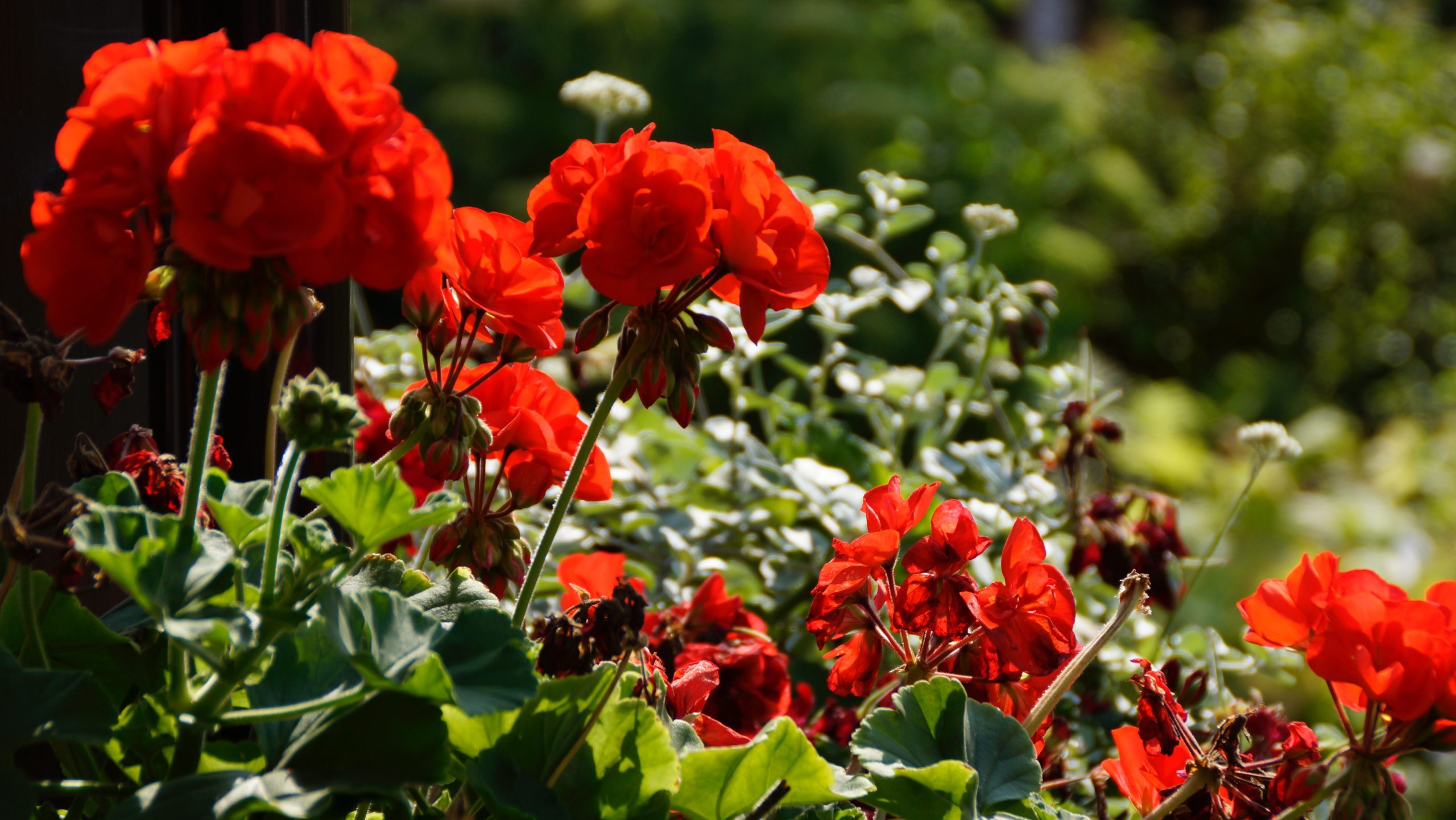
Geraniums are commonly grown annuals but some species are hardy perennials. The varieties called cranesbill geraniums have deeply cut leaves and simple flowers in shades of white, pink and purple. Left unbothered by rabbits, they bloom spring into summer. Grow geraniums in full sun to light shade and average soil with good drainage. ‘Rozanne’ is an award-winning variety with violet-blue flowers and a spreading habit.
Ginger plants have lush tropical-looking foliage and unusual flowers. The cone-shaped blooms have eyebrow-like bracts in colors like red, yellow, or orange. Rabbits leave this plant alone. Grow gingers in partial shade with rich, moist soil high in organic matter. Provide supplemental water in warm weather. Overwinter indoors in cold climates. ‘Pinecone Ginger’ is a dwarf variety under 1 foot tall.
Marigolds, zinnias, petunias, salvias, and cleome are great annual flower choices that rabbits tend to avoid.
Unfortunately not, rabbits will eat both hostas and hibiscus. Choose plants like ferns and hydrangeas instead for rabbit prone areas.
Asparagus, potatoes, squash, mint, and mustard are examples of vegetables and herbs that rabbits tend to avoid.
No, rabbits avoid daffodils entirely. All parts of the plant including the foliage, flowers, and bulbs are toxic to rabbits.
Yes, it’s smart to protect new plantings even with resistant plants. Use fencing, deterrent sprays, or chicken wire cages until plants are well established.
Understanding rabbit behavior helps gardeners design landscapes that minimize damage while creating a symbiotic environment. While no plant is 100% rabbit proof, choosing resistant plants can make a big difference.
Look for plants with strong scents, fuzzy or spiky leaves, bitter tastes and physical deterrents that drive rabbits away. Daffodils, foxgloves and other poisonous plants are also avoided. Favor garden staples like lavender, catmint, salvia, iris and peonies that rabbits dislike.
Perennial flowers, shrubs, bulbs, and herbs that resist rabbits allow you to create an elegant garden with minimal damage. A diverse landscape is also more resilient and supports local ecosystems. But even resistant plants can be compromised while young or during times of extreme hunger. Use repellents, fencing and cages to protect vulnerable plants.
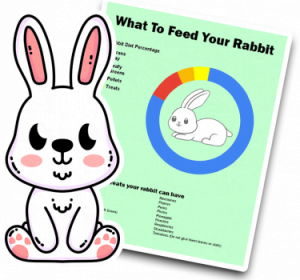
By entering your email address you agree to receive emails from Cottontailclub. We'll respect your privacy and you can unsubscribe at any time.